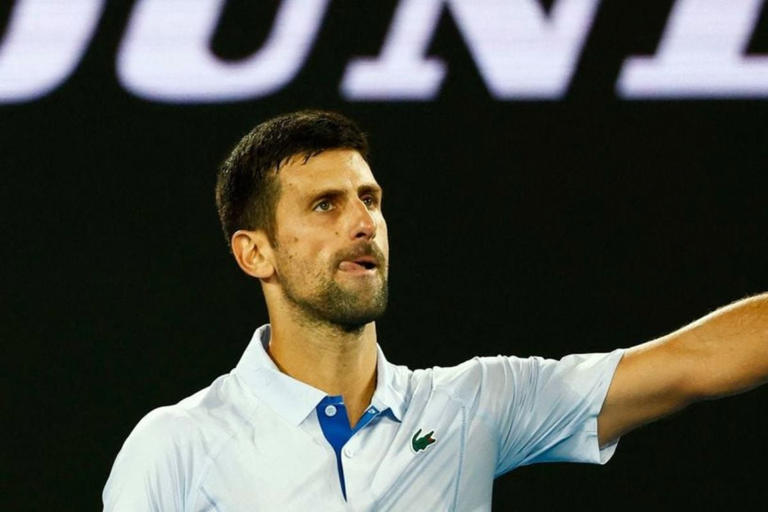Tennis player Novak Djokovic recently had surgery to repair a meniscal tear, which is a common knee injury among athletes. The meniscus, a C-shaped piece of cartilage in the knee, serves as a stabilizer and shock absorber. Meniscal rips are frequently the result of abrupt twists or rotations, which happen frequently in sports like basketball, tennis, and soccer.
Common symptoms include pain, edema, stiffness, and trouble straightening the knee. Additionally, feeling of the knee giving way and popping sensation during the injury are also common.
Dr Rajeev Raman, Consultant Orthopaedic Surgeon, AMRI Hospital, Kolkata shares how the injury can be managed with simple steps:
-
Taking breaks from intense activities
Pushing through pain can worsen injuries, athletes should listen to their bodies and refrain from squatting, heavy lifting, etc.
-
Reducing knee strain
Like Djokovic, one should wear a knee brace to support the knee. For the long term, the patient should engage in strength training, especially targeting the quadriceps and hamstrings. Another way to reduce knee strain is to wear appropriate, supportive footwear.
-
Non-surgical treatment
Physical therapy, anti-inflammatory drugs, and the RICE technique (Rest, Ice, Compression, Elevation) are examples of non-surgical methods for reducing pain and swelling. These techniques seek to enhance knee function and control symptoms.
-
Physical therapy
Engage in physical therapy exercises to strengthen the muscles around the knee, improve flexibility, and restore range of motion. Muscles are ready for physical activity with the help of dynamic stretching and low-impact exercises during proper warm-up and cool-down routines.
-
Surgery
A surgical procedure may be required, nevertheless, in severe or persistent instances when conservative therapies are ineffective. Meniscectomy, which entails removing the injured meniscal tissue, and meniscus repair, which entails suturing the torn meniscus, are the two main surgical alternatives.
Because meniscus repair preserves knee function and lowers the likelihood of early-onset arthritis, it is typically favored for younger patients and those with vascular area injuries.
Recovery from surgery depends on post-operative rehabilitation, which has multiple phases. With simple activities like heel slides and straight-leg lifts, immediate post-surgery rehabilitation aims to avoid muscle atrophy, restore range of motion, and reduce swelling. Weight-bearing workouts and strengthening routines are gradually added to the healing process to improve muscle strength and return to a normal gait. A successful recovery and a reduction in the risk of recurrent injuries are guaranteed by regular and organized therapy.

